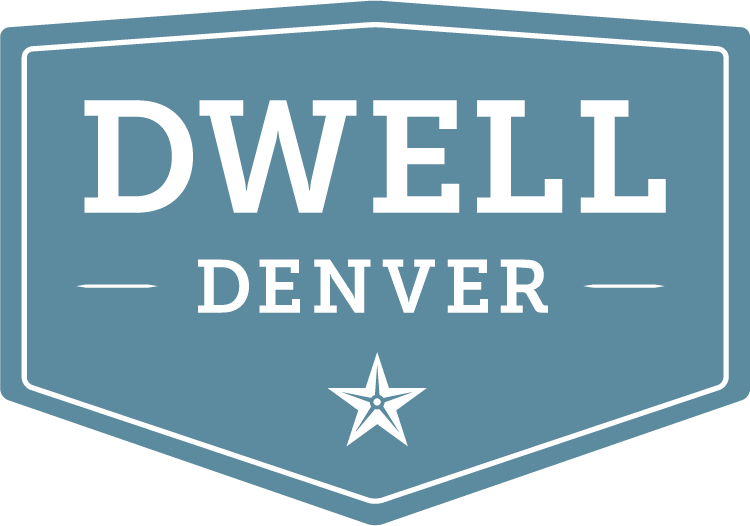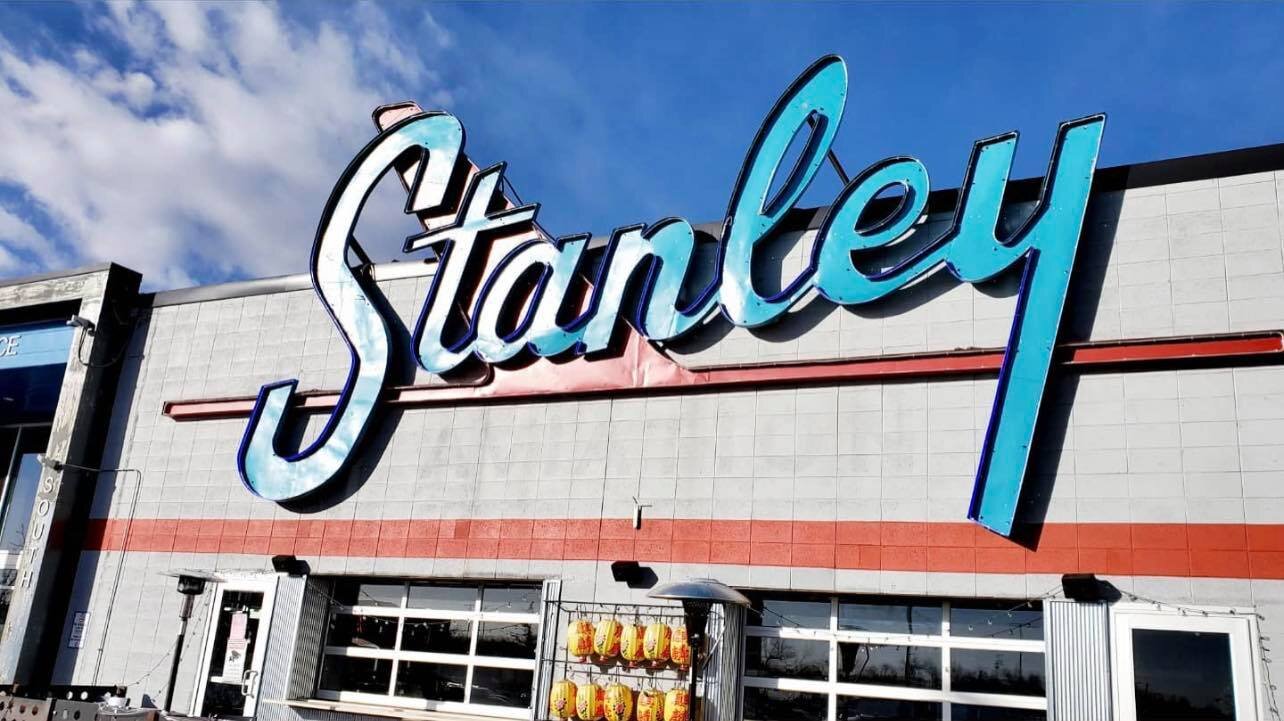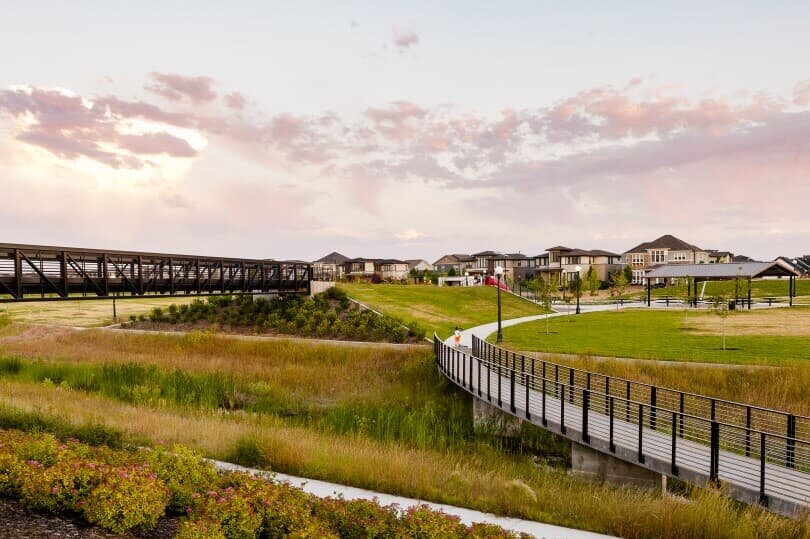Life in Denver: Central Park
For most neighborhoods in Denver, it’s relatively easy to choose a word or two to describe the area’s overall vibe. Historic. Family-oriented. Foodie heaven. You get the idea.
But because Central Park is massive—7.5 square miles and home to 25,000 people—it’s tough to find one way to describe the place. In fact, Central Park isn’t just one neighborhood; it’s a collection of 12 neighborhoods.
So while there’s no perfect description of this community based on architecture or residents, the history of the place suggests one: Redemption.
A Brief-ish History of Central Park
You’ve seen it happen. The anchor store of a strip mall goes out of business, and the place sits empty for months, even years—other than the few weeks Spirit Halloween moves in.
So imagine that… but instead of a 10,000-square-foot store, imagine an international airport. That was the situation back in 1995 when Denver International Airport opened and Stapleton International Airport closed.
Fortunately, five years before the original airport shut down, a group of leaders had formed the Stapleton Development Foundation and had begun dreaming up a way to repurpose the land. In 1995, the group revealed a master plan emphasizing green spaces, walkability, and mixed residential, office, and retail developments.
Construction began in 2001, and three years later, 2,500 new residents moved into the area’s first apartment complexes. And development has never stopped.
In short, Central Park redeemed the old airport, making way for 12,000 homes, 20+ schools, 50 (!) parks, a commuter rail station, the Denver School of Science and Technology, and more.
But there’s more to the redemption story.
The neighborhood (and airport) was originally named for former Denver mayor Benjamin F. Stapleton, a member of the Ku Klux Klan. In fact, he won the 1923 mayoral election because of Klan support, and subsequently put Klansmen in powerful positions across the city.
Although people opposed to Stapleton’s philosophy forced a recall election in 1924, it was unsuccessful. In fact, he ended up serving five terms as mayor—from 1923 to 1931 and again from 1935 to 1947. In between those two seasons, he served as State Auditor.
During his time in leadership, Stapleton oversaw the construction of some big-deal Denver projects, including Red Rocks Amphitheatre and the Denver Municipal Airport—renamed Stapleton International Airport in his honor.
And until 2020, the Central Park neighborhood also bore his name.
But with the powerful surge of the Black Lives Matter movement in 2020, city officials could no longer justify honoring Stapleton’s white supremacist legacy, and the community officially changed its name to Central Park.
Redemption.
What the Locals Say About Central Park
Central Park boasts big city amenities with small town views and vibes. One of our pals, Leta K., has lived in the neighborhood for nearly nine years, and says:
We were first drawn to Central Park by the walkability and homes. Our favorite thing now is our neighbors! It’s been so easy to have a “village” for our kids; everyone is so kind and easy-going. Plus, I like having Stanley Marketplace so close.
Other residents on Niche agree:
“The front porches, pocket parks, and larger Denver parks are designed to get folks out in the community instead of being in their backyards.”
“It’s a close-knit, neighborly community and the residents are very friendly and respectful. It feels like a suburb even though it's in an urban area.”
The 12 Sub-Neighborhoods of Central Park
As we mentioned, Central Park is actually a collection of 12 neighborhoods, each with its own story, architecture, and amenities. Here’s a quick overview of each of them.
#1 Beeler Park
This sub-neighborhood is full of comfortable, modern, and sustainable living options that back to the Rocky Mountain Arsenal National Wildlife Refuge. And by “sustainable,” we mean Zero Energy Ready! Beeler Park also has plans for a large retail and dining center at Beeler Plaza and Park, featuring walking paths and event spaces.
#2 Bluff Lake
Bluff Lake offers an amazing urban wildlife adventure at the Bluff Lake Nature Center. With birdwatching, summer camps, field trips, self-guided tours, scavenger hunts, and more, you’ll get to experience wildlife firsthand. Plus, Bluff Lake is home to Stanley Marketplace. (It’s basically perfect.)
#3 Central Park North
With the 80-acre Central Park bordering this sub-neighborhood, you won’t find a better place to inspire activity and enjoyment in the great outdoors. From walking trails to bike lanes to easy access to public transportation, this section of the Central Park neighborhood is perfect for those who are always on the go.
#4 Central Park West
Acting as another border to the namesake park, this western sub-neighborhood offers the ultimate close-knit community. The homes face Central Park with their welcoming and comfortable architecture, while also offering easy access to the commuter rail and to the Sam Gary Branch of the Denver Public Library.
#5 Conservatory Green
If you’re looking for a community with literally everything, Conservatory Green is your place! The Shops at Conservatory and Conservatory Green Park & Plaza offer endless options for dining (hello, Torchy’s Tacos!), markets, concerts, retail, and relaxation.
#6 East 29th Avenue
More than just a city street, East 29th Avenue is the life of the Denver party! The Town Center has shops and dining suited to anyone’s preferences, as well as seasonal events at Founders Green like movies, concerts, a weekly farmers market, and Beer Festival. It can’t get much better than that!
#7 Eastbridge
This neighborhood is a melting pot of architecture. Modest homes and spectacular mansions are nestled side by side in this quaint area of Central Park. It also features a handful of pocket parks scattered throughout and views of the mountains.
#8 North End
This northeast slice of Central Park borders the Rocky Mountain Arsenal, so there are 15,000 acres of incredibly beautiful countryside at the community’s doorstep. Within the streets lay rows of colorful homes and lots of splashy fun at the neighborhood’s largest pool. (Pro tip: If you’re interested in a new, single-family home, this is a great place to start!)
#9 South End
South End is all about the varying interests of residents! The neighborhood backs to a spacious dog park, community garden, skate park, and climbing wall (all located in Greenwood Park), as well as multiple parks within its borders. Songbird Park is perfect for an afternoon stroll where you can gaze at—you guessed it—beautiful birds. If you’re more into sights beyond the atmosphere, Constellation Park offers dedicated stargazing areas and sitting stones that form the Big Dipper.
#10 Westerly Creek
This sub-neighborhood is home to the Central Park Recreation Center, a one-stop shop for activities geared toward all ages. The center offers swimming lessons, workout classes, dance workshops, art classes, and tons of sports teams. Each activity has groups for toddlers through older adults.
#11 Wicker Park
Much like the rest of Central Park, Wicker Park provides plenty of opportunities for outdoor fun and a wide variety of architectural styles. It’s also home to a next-level neighborhood liquor store, Colorado Beverage Company, which features, in their own words, “bountiful beer, wonderful wines, and sultry spirits.”
#12 Willow Park East
This final spot might be one of the best hidden Denver gems. Willow Park East is at the forefront of modern living but maintains a comfortable and organic energy. The parks, homes, school, and countless amenities make it a prime example of the Denver aesthetic.
Find your pocket of Central Park.
Itching to know more? Book a Discovery Meeting today to find which neighborhood in Central Park is meant for you!
Images courtesy of Stanley Marketplace, Torchy's Tacos and Central Park Neighborhood Facebook Pages



